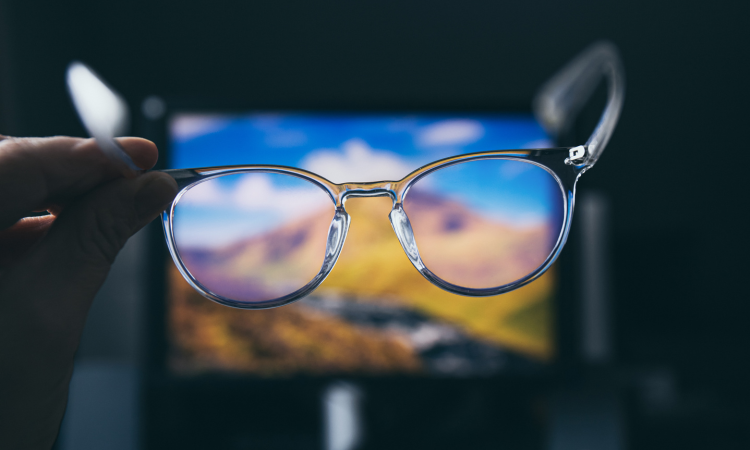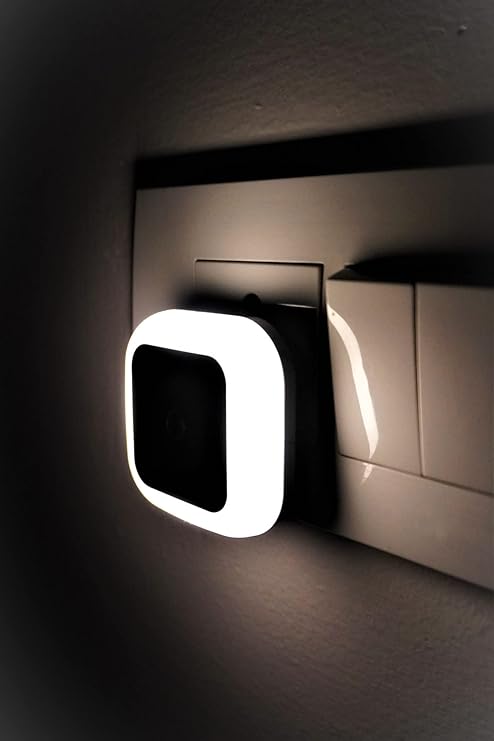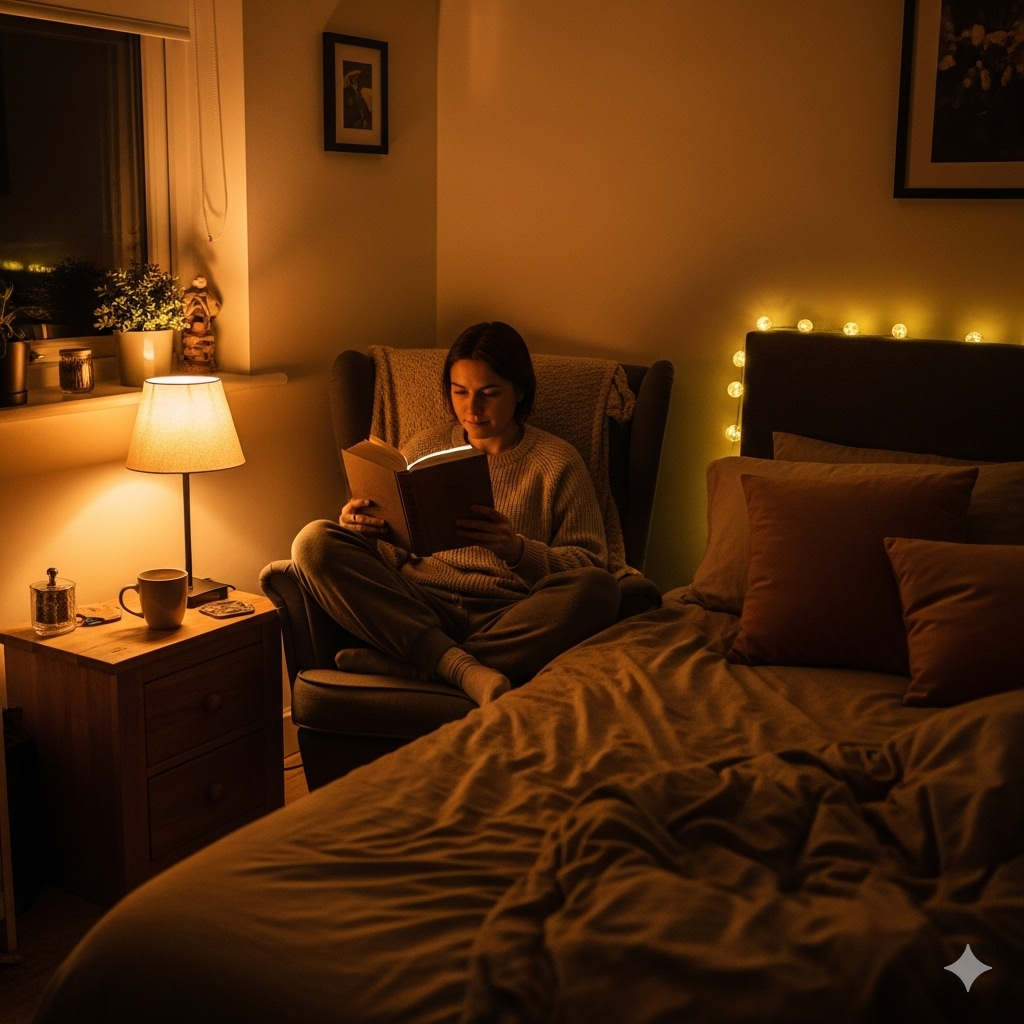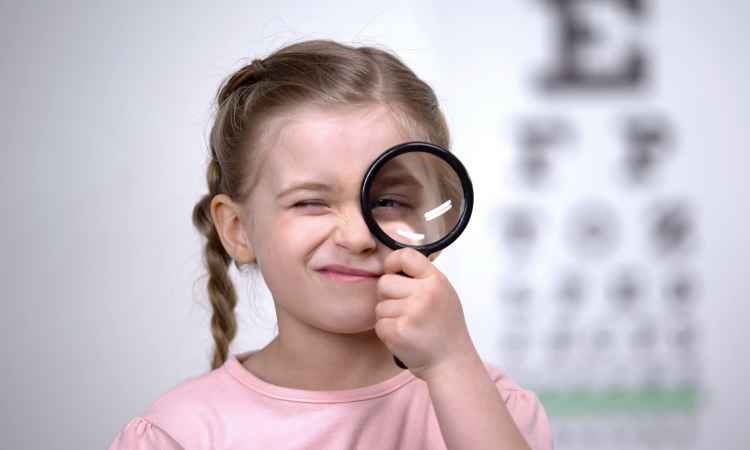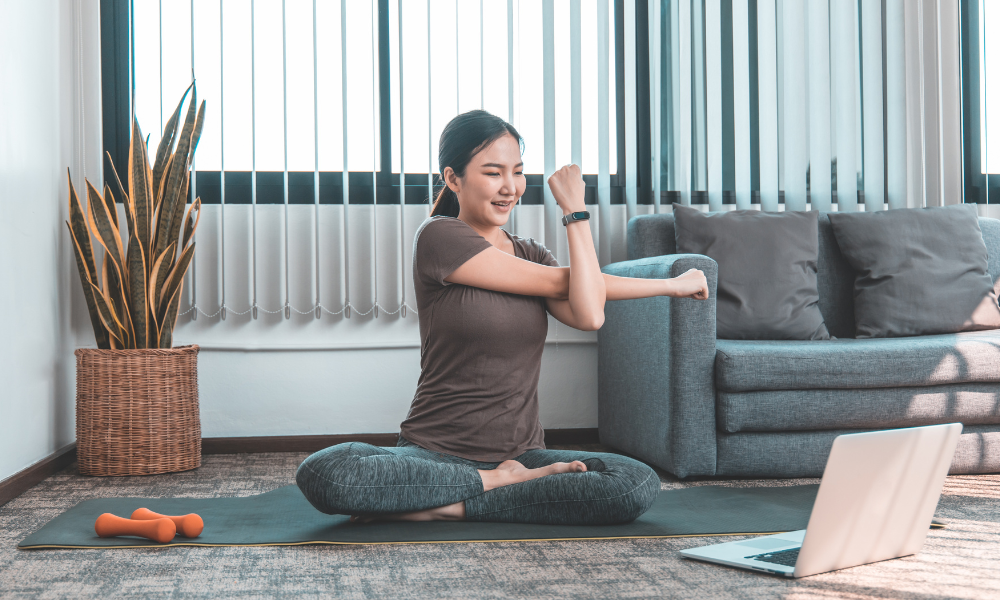How Blue Light Affects Your Sleep and What to Do About It
In today’s digital-first world, most of us spend countless hours in front of screens—whether it’s a smartphone, computer, television, or tablet. While technology has made life easier, it has also introduced new health challenges. One of the most significant effects is the effect of blue light on our sleep cycle.
If you’ve ever scrolled through your phone at midnight and then struggled to fall asleep, blue light may be the culprit. But what exactly is blue light, how does it interfere with sleep, and most importantly, what can you do to minimize its impact? Let’s dive deeper.
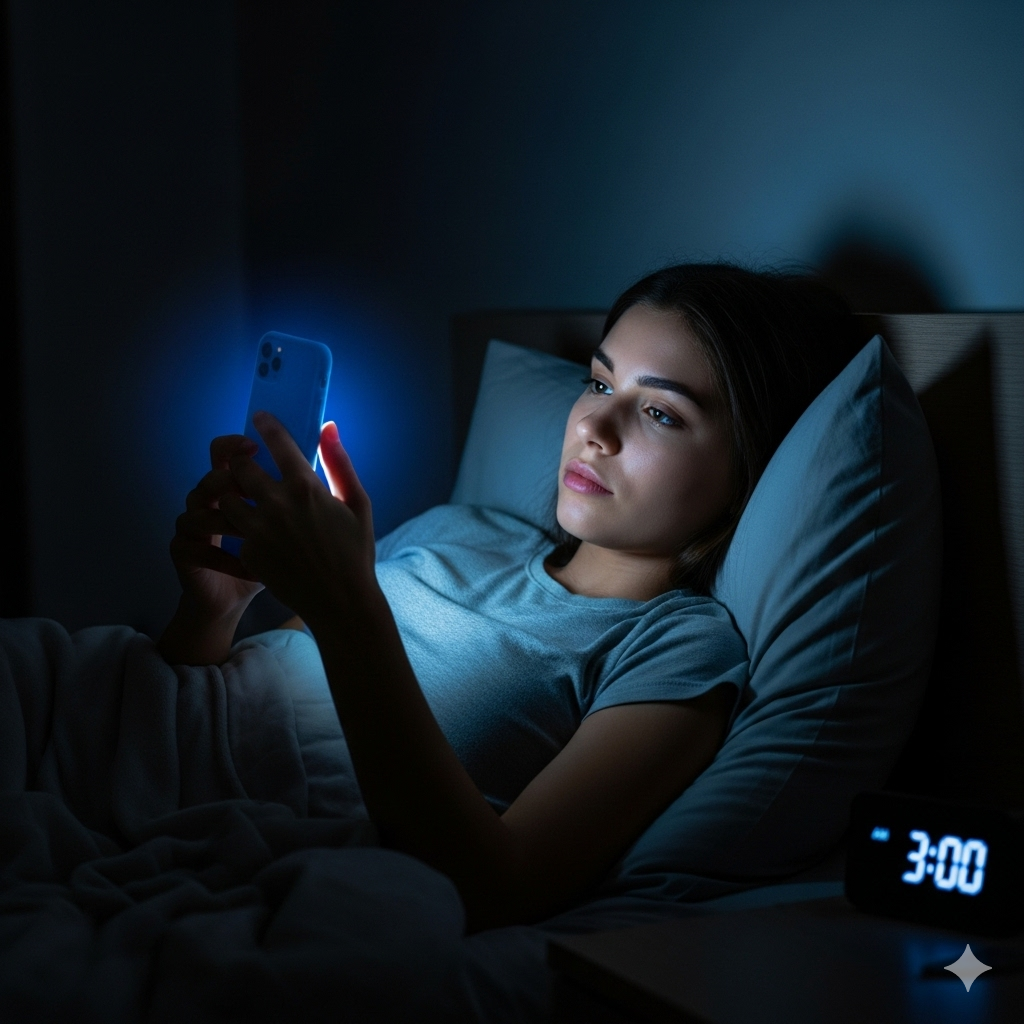
What Is Blue Light?
Light comes in different wavelengths, each corresponding to a different color. Among these, blue light has a short wavelength and high energy, making it one of the most powerful visible forms of light.
Interestingly, not all blue light is harmful. Natural blue light from the sun actually plays a key role in regulating our circadian rhythm—the internal body clock that tells us when to wake up and when to sleep. It boosts alertness, memory, and mood during the day.
The problem arises when artificial blue light—emitted by LEDs, smartphones, laptops, TVs, and even LED bulbs—floods our eyes at night, tricking our brain into thinking it’s still daytime.
How Blue Light Disrupts Sleep
Blue light primarily affects sleep by interfering with melatonin production. Melatonin is a hormone released by the pineal gland that signals to the body that it’s time to rest.
Here’s how it works:
- Daytime Exposure– Sunlight (including blue light) helps suppress melatonin, keeping us awake and active.
- Evening Exposure– As the sun sets, melatonin levels rise, making us feel sleepy and ready for bed.
- Artificial Blue Light– When you use your phone or laptop late at night, the artificial blue light suppresses melatonin production, delaying sleep and reducing its quality.
Studies have shown that even two hours of screen time before bed can significantly reduce melatonin levels, making it harder to fall asleep.
If you often work late at night, blue light blocking glasses can help reduce eye strain and improve sleep quality try this product CREEK Blue Light Blocking glass in Amazon.
Health Effects of Poor Sleep Due to Blue Light
Sleep is the foundation of good health, and when blue light disrupts it, the consequences go beyond just feeling tired. Here are some long-term effects:
- Insomnia and Sleep Disorders
Chronic exposure to blue light at night can cause difficulty falling asleep or staying asleep, leading to insomnia.
- Reduced Sleep Quality
Even if you do sleep, the rest may not be as restorative. Blue light exposure tends to reduce REM sleep, the deep sleep stage essential for memory and emotional balance.
- Eye Strain and Fatigue
Prolonged screen use can cause digital eye strain, leading to dryness, headaches, and blurred vision.
- Risk of Chronic Conditions
Poor sleep is linked to serious health risks, including obesity, diabetes, heart disease, depression, and weakened immunity.
- Cognitive Decline
Inadequate sleep affects focus, memory, and productivity. Over time, this can harm brain function and decision-making abilities.
Sources of Blue Light in Everyday Life
You might think only your phone emits blue light, but there are multiple sources:
- Smartphones
- Tablets and laptops
- Desktop monitors
- LED and fluorescent bulbs
- Television screens
- Gaming devices
Essentially, any modern screen that glows is a source of blue light.
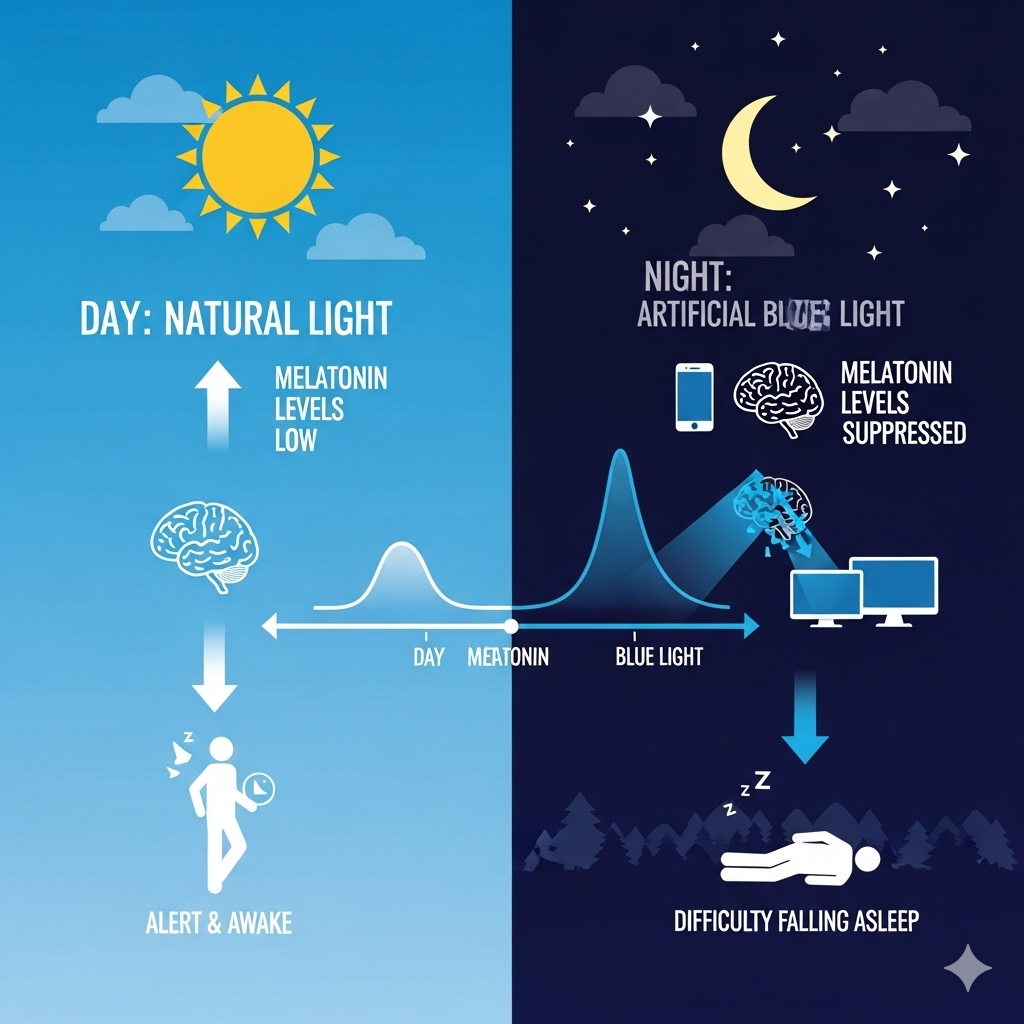
Signs That Blue Light May Be Affecting Your Sleep
Not sure if blue light is the cause of your sleep struggles? Here are some common signs:
- You feel wide awake even after midnight while scrolling your phone.
- It takes more than 30 minutes to fall asleep regularly.
- You wake up groggy and tired despite a full 7–8 hours of sleep.
- You experience frequent headaches or eye strain after long screen use.
- You often sleep less during workdays and try to “catch up” on weekends.
If these sound familiar, your nighttime screen habits may need a reset.
What You Can Do About Blue Light
The good news is, you don’t have to give up technology altogether. Instead, you can make small, practical adjustments to reduce blue light exposure—especially in the hours before bed.
- Limit Screen Time Before Bed
Try to avoid screens at least 1–2 hours before bedtime. Use this time for calming activities like reading a physical book, journaling, or meditating.
- Use Blue Light Filters
Most devices now come with a night mode or blue light filter option. Apps and software like f.lux or built-in settings (such as “Night Shift” on iPhones) can warm the screen tone to reduce blue light emission.
For an added layer of protection, consider a screen filter that reduces harmful blue light from your laptop or phone try this product Saco Glideon Premium Laptop Screen Guard in Amazon
- Wear Blue Light Blocking Glasses
Specially designed glasses filter out blue light and can be particularly helpful if you work late at night or spend long hours in front of screens.
- Adjust Room Lighting
Swap bright white LED bulbs with warm, dim lights in the evening. Soft lighting prepares your brain for rest.
Creating a warm, relaxing bedroom environment can make all the difference. Try replacing harsh LED bulbs with warm light alternatives try this product HOARD 0.5W Led Plug in Smart Night Lamp in Amazon.
- Prioritize Natural Light During the Day
Get at least 30 minutes of natural sunlight exposure every morning. This helps regulate your circadian rhythm and makes it easier to sleep at night.
- Practice Good Sleep Hygiene
- Stick to a consistent bedtime.
- Keep your bedroom dark, cool, and quiet.
- Avoid caffeine or heavy meals close to bedtime.
- Use blackout curtains if streetlights affect your room.
- Take Screen Breaks During the Day
Follow the 20-20-20 rule: Every 20 minutes, look at something 20 feet away for 20 seconds. This reduces eye strain and improves comfort.
When to Seek Professional Help
If blue light adjustments don’t improve your sleep within a few weeks, it may be worth consulting a doctor or sleep specialist. Persistent insomnia or sleep disruptions can sometimes be linked to underlying conditions like sleep apnea, anxiety, or hormonal imbalances.
Blue light is not inherently bad—in fact, it plays a crucial role in keeping us awake and alert during the day. However, excessive exposure to light at night interferes with melatonin production, disrupts the circadian rhythm, and negatively impacts sleep quality.
The key is balance: embrace natural light during the day and minimize artificial blue light at night. Simple lifestyle changes—such as reducing screen time before bed, using filters, and practicing good sleep hygiene—can make a significant difference in how well you rest.
Better sleep means better health, sharper focus, improved mood, and more energy to tackle life’s challenges. By managing blue light exposure, you give your body and mind the gift of restorative, high-quality sleep.
